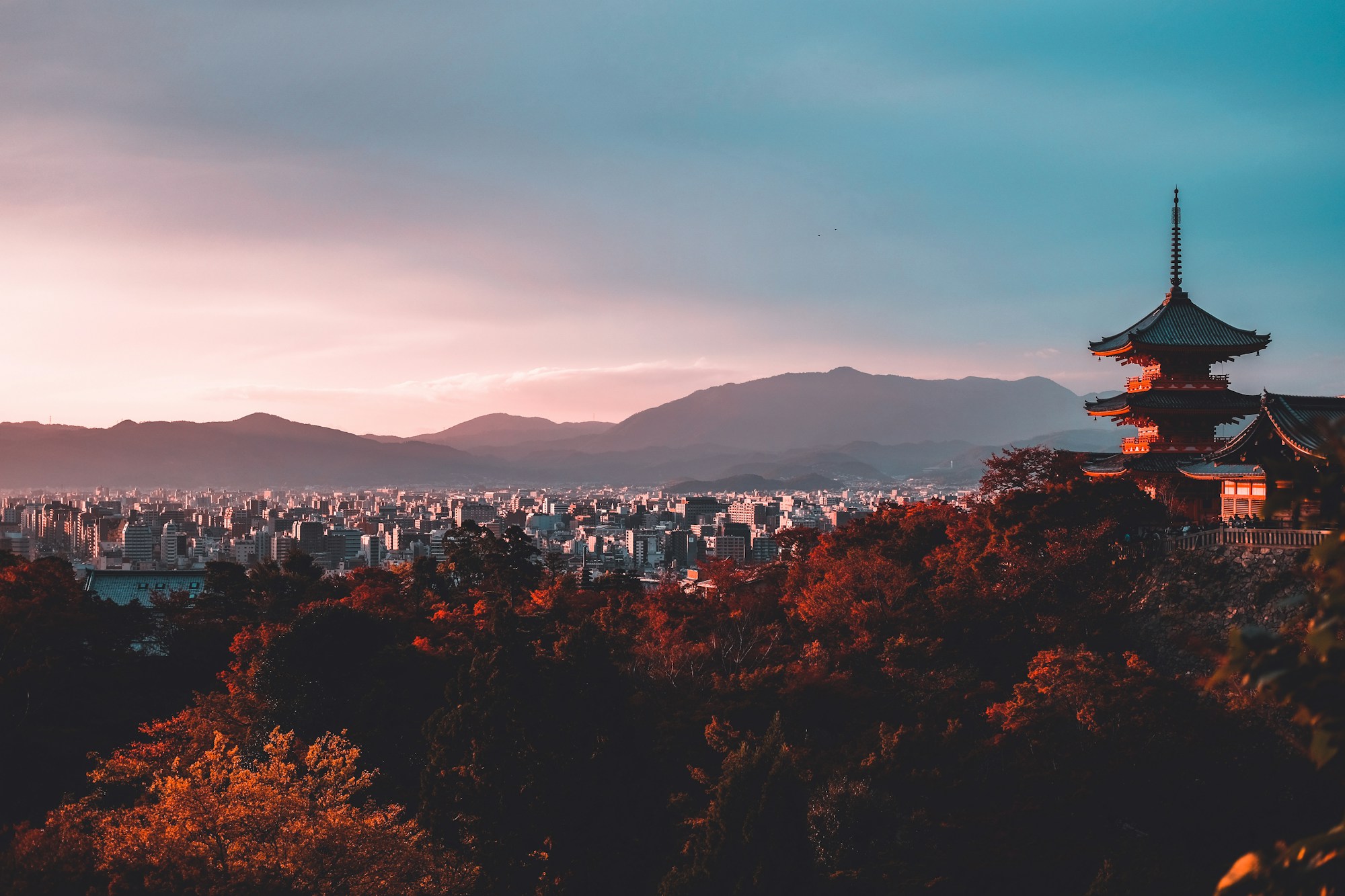Exploring Kyoto: Local Traditions, Festivals & History

Exploring Kyoto: Local Traditions, Festivals & History
Introduction to Kyoto
Kyoto, the cultural capital of Japan, is a city filled with rich history, traditional customs, and a vibrant blend of old and new. Located on the island of Honshu, Kyoto is home to numerous UNESCO World Heritage sites, ancient temples, beautiful gardens, and bustling markets.
Local Traditions
Tea Ceremony
One of Kyoto's most renowned traditions is the tea ceremony. Participating in a traditional tea ceremony is an opportunity to experience the serene elegance and intricate rituals associated with matcha tea preparation. Many tea houses in Kyoto offer authentic tea ceremonies conducted by tea masters.
Kimono Wearing
Kimono, the traditional Japanese garment, continues to be an important cultural symbol in Kyoto. Visitors can rent or purchase kimono and stroll through the city's historic streets, immersed in the beauty of traditional Japanese fashion.
Festivals
Gion Matsuri
Gion Matsuri is Kyoto's most famous festival, held throughout the month of July. The festival originated in the 9th century and celebrates the local shrine, Yasaka Shrine. Visitors can witness vibrant processions of traditional floats, music, dance performances, and enjoy local delicacies.
Jidai Matsuri
Jidai Matsuri, held on October 22nd, is a grand historical parade showcasing Kyoto's rich history. It features participants dressed in period costumes representing different eras of Japan. The parade starts from Kyoto Imperial Palace and proceeds to Heian Shrine, offering a unique glimpse into the city's past.
Historical Sites
Kinkaku-ji (Golden Pavilion)
One of Kyoto's most iconic landmarks, Kinkaku-ji, also known as the Golden Pavilion, is a Zen Buddhist temple covered in gold leaf. Surrounded by a stunning garden, this UNESCO World Heritage site offers visitors a glimpse into the extravagant architecture of the Muromachi period.
Kiyomizu-dera
Kiyomizu-dera, a Buddhist temple dating back to the 8th century, is another must-visit site in Kyoto. Famous for its wooden terrace perched on a hillside, offering panoramic views of the city, this temple is a popular spot during cherry blossom season when the surrounding trees are in full bloom.
Fushimi Inari Taisha
Fushimi Inari Taisha is an important Shinto shrine famous for its thousands of vibrant red torii gates, creating a striking visual tunnel. Visitors can explore the network of trails that lead up the wooded slopes of Mount Inari, offering a serene and spiritual experience.
